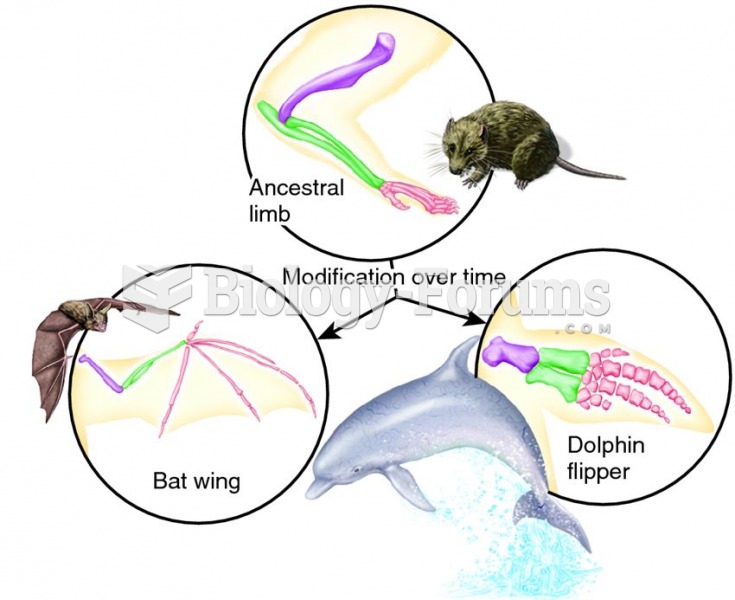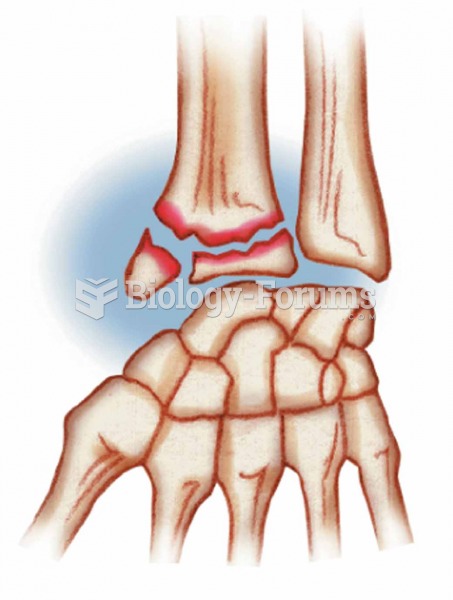Answer to Question 1
Answer: The loss of crucial evidence in any criminal case can result in either the guilty party going unpunished or innocent parties being wrongfully incarcerated. The book breaks the areas of errors into three categories. The first being system errors which can include: Assumption that the case is not provable, inadequate staffing of the investigative unit, lack of awareness about the objective of the investigation, insufficient training, alteration of the scene before the investigator's arrival, inadequate photographic documentation at the scene, inadequate sketches, inadequate attention to detail, poor documentation, failure to follow up leads on a timely basis, and overlooking evidence. The second category of errors fall under body mistakes and include: failure to record body information thoroughly at the scene, assumption of identification based on circumstantial evidence, mishandling and mislabeling of bodies, failure to recognize, record, and safeguard personal property, failure to notify next of kin in a timely, humane manner, trace evidence, follow-up errors, failure to report critical facts that determine what examinations need to be performed, failure to complete a timely and accurate death investigation report, failure to develop the victim's family and social history, and failure to prepare for courtroom testimony. The third category of failures stem from personal mistakes and include: fallacy that length of service ensures competence, jumping to conclusions, failure to verify information received from other sources, talking too much and too soon to the wrong people, and cutting corners.
Answer to Question 2
Answer: Answers will vary. A simpler example is contained on page 245 of the text book. Items to consider while grading include: Chain of custody refers to the sequential documentation of evidence that shows the seizure, custody, control, transfer, analysis, and disposition of evidence. A specific person must always have the physical custody of a piece of evidence. Documentation should include the conditions under which the evidence is collected, the identity of all persons handling the evidence, the duration of evidence custody, the conditions under which the evidence has been secured, and the manner in which evidence is transferred to a designated evidence custodian each time a transfer occurs. Typically, signatures of persons involved at each step are required for proof of their role in the chain. The chain of custody requires that from the moment the evidence is collected, every transfer of evidence from one person to another be documented and that it be provable that nobody else could have accessed that evidence.







